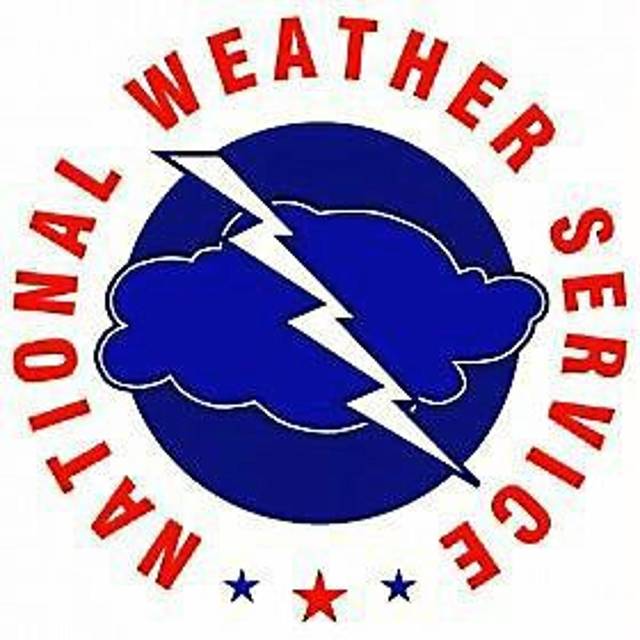Hurricane season starts Monday
LUMBERTON — The rain is supposed to end Saturday night, but the flood warning for Robeson County remains in effect until further notice.
More than 9 inches of rain has fallen on Robeson County in May, with more than 6 inches in the past two weeks, according to the National Weather Service. That rainfall has left the Lumber River’s water level at Lumberton at 15.35 feet as of 8:21 a.m. Friday. The river’s flood stage is 13 feet. The river is expected to peak at 15.8 feet late Saturday afternoon.
According to the NWS flood warning advisory, at 16 feet flooding worsens in the Pines and Coxs Pond areas and along River Road. Flooding also worsens between the Pepsi plant and the river on the east side of town. In addition, Chickenfoot Road, Hestertown Road and Noir Street will have flood waters on them. Residents of these areas are advised to take necessary precautions.
As if county residents who have seen at lot of rain over the past few months and flooding from two hurricanes since 2016, hurricane season starts Monday and runs through Nov. 30.
There has been a busy start to the season, with the formation May 16 of Tropical Storm Arthur, which narrowly missed the Outer Banks. Arthur was followed by the rapid development of Tropical Storm Bertha on Wednesday. Bertha made an unusually early landfall that same day near Charleston, South Carolina.
As of Friday, weather watchers were keeping an eye on Invest 92L, a storm system located southeast of Bermuda that could become the third named storm to form before the official start of hurricane season. On Friday, the National Hurricane Center was giving Invest 92L a 50-50 chance of developing into a named storm over the next 24 hours. If does, it’s name will be Cristobal.
“It’s still up in the air on if it will develop into a named storm,” said Doug Hoehler, a meteorologist with the National Weather Service office in Wilmington.
It all depends on where it goes in the next two to five days, he said. If the system moves north there is less chance it will develop because of the colder water in the North Atlantic and the upper atmospheric conditions, both of which are not favorable to the formation of named storms.
The National Oceanic and Atmospheric Administration’s Climate Prediction Center, a division of the NWS, issued a statement on May 21 in which it said an “above-normal 2020 Atlantic hurricane season is expected.” The outlook is for a 60% chance of an above-normal season, a 30% chance of a near-normal season and only a 10% chance of a below-normal season.
The Climate Prediction Center is forecasting a likely range of 13 to 19 named storms, those packing winds of 39 mph or higher. Of those, six to 10 could become hurricanes, including three to six major hurricanes with winds of 111 mph or higher.
“NOAA provides these ranges with a 70% confidence,” the statement reads in part. “An average hurricane season produces 12 named storms, of which 6 become hurricanes, including 3 major hurricanes.”









